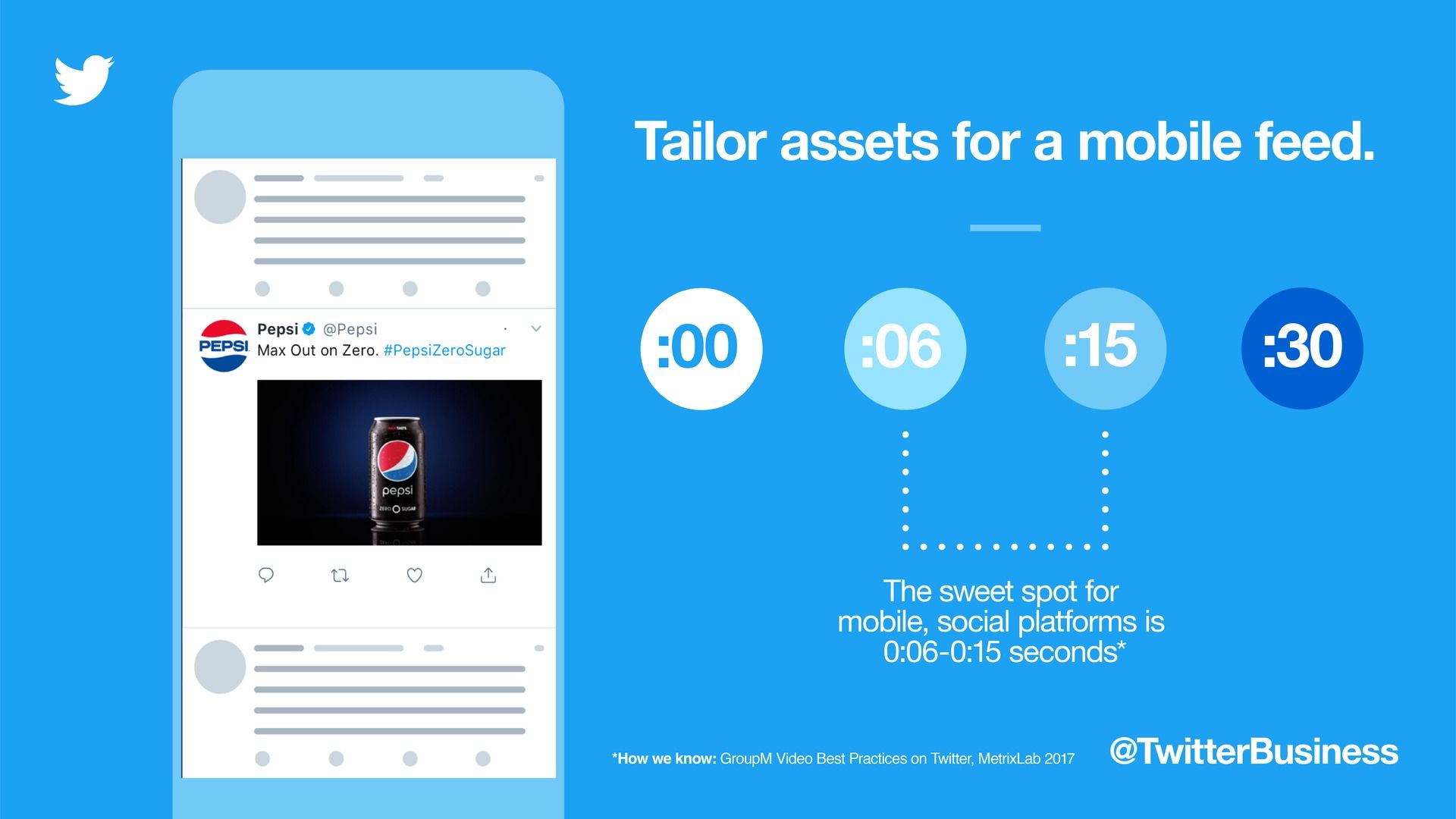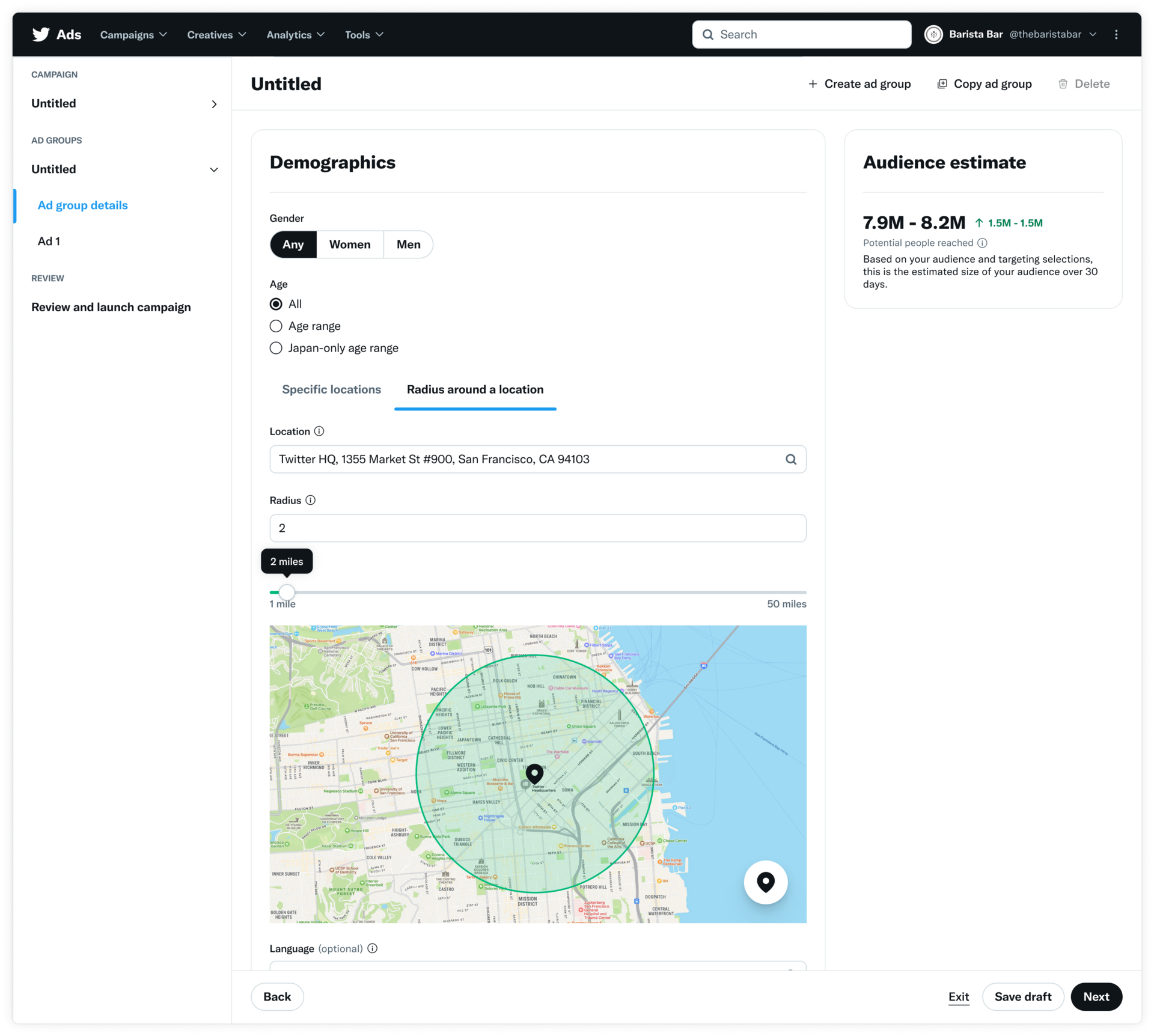LinkedIn’s Investment in Games Signals a Bigger Trend
The Top Story Professional networking might seem like the last place you’d expect to find word puzzles, yet LinkedIn
Discover how to effectively harness Twitter Ads to promote stories and drive traffic to your media site, using compelling content, advanced targeting, and ongoing optimization for maximum impact.

Online media sites face fierce competition for readership and pageviews. With social media platforms becoming increasingly important for content distribution and discovery, it's crucial for media sites to have a strong presence on these channels. Twitter, one of the most popular social media platforms, offers an effective and targeted advertising solution for promoting stories and driving traffic to your site.
Twitter Ads are a paid promotional tool that enables businesses and individuals to target specific audiences and increase visibility for their content. With millions of monthly active users, Twitter offers an immense potential reach for media sites. By using Twitter Ads, you can promote your stories to a wider audience, engage users who have shown interest in similar content, and ultimately drive more traffic to your site.
There are several ad formats available on Twitter, including Promoted Tweets, Promoted Accounts, and Promoted Trends. Let's take a closer look at each type and how they can be used to promote stories and gain pageviews.
Promoted Tweets: These are regular tweets that you pay to promote to a wider audience. You can use Promoted Tweets to share your stories, engage users with polls, or encourage users to visit your site. They appear in users' timelines, search results, and profiles, providing greater visibility and more chances for engagement.
Promoted Accounts: This ad format helps you gain more followers by promoting your Twitter account to a targeted audience. With more followers, you can increase the reach and visibility of your stories, leading to higher pageviews.
Promoted Trends: Promoted Trends are high-visibility placements that allow you to promote a specific hashtag at the top of the Trends section. This ad format is ideal for promoting stories around major events, campaigns, or breaking news. However, it's worth noting that Promoted Trends can be quite expensive and are better suited for larger media sites or special occasions.
Before you start your Twitter Ads campaign, it's essential to define your goals, set a budget, and identify your target audience. Here's a step-by-step guide to help you set up your campaign:
Define Your Goals: Determine the primary objective of your campaign, whether it's driving traffic to your site, increasing engagement, or gaining more followers.
Set a Budget: Establish a daily and total budget for your campaign. Twitter Ads work on a bidding system, and you'll only pay when users engage with your ads (e.g., clicks, likes, retweets).
Identify Your Target Audience: Use Twitter's targeting options to reach the right users for your campaign. You can target users based on demographics, interests, behaviors, and more.
To maximize the impact of your Twitter Ads, it's crucial to create compelling content that captures users' attention and drives them to engage with your stories. Here are some tips for crafting effective ad content:
Use Attention-Grabbing Headlines: Write short, catchy headlines that provoke curiosity and encourage users to click on your stories.
Utilize Rich Media: Incorporate images, videos, or GIFs in your ads to make them more visually appealing and engaging.

Leverage Hashtags: Include relevant hashtags in your tweets to increase discoverability and join trending conversations.
Include a Clear Call-to-Action: Encourage users to take action by including a clear call-to-action, such as "Read more," "Share your thoughts," or "Visit our site."
Twitter Ads offer a range of advanced targeting options that allow you to reach the most relevant audience for your stories. Some of these options include:
Keyword Targeting: Target users who have recently tweeted or engaged with specific keywords related to your content. This helps you reach users who are already interested in the topics you cover.
Interest and Behavior Targeting: Reach users based on their interests, hobbies, or online behaviors. For example, if your media site covers technology news, you can target users interested in technology and gadgets.

Tailored Audiences: Create custom audience segments based on data from your website or CRM system. This allows you to reach users who have already shown interest in your content or have visited your site in the past.
Lookalike Audiences: Expand your reach by targeting users who share similar characteristics with your existing audience or followers.
Once your Twitter Ads campaign is live, it's essential to monitor its performance and optimize your ads to achieve the best results. Here are some tips for analyzing and improving your campaign:
Analyze Campaign Metrics: Use Twitter's Ads Manager to review key metrics, such as impressions, engagements, engagement rate, and cost per engagement. These insights can help you understand how well your ads are resonating with your target audience.
A/B Test Your Ads: Experiment with different headlines, images, or calls-to-action to identify which ad elements drive the most engagement and clicks.
Optimize Your Bidding Strategy: Adjust your bids and budget allocation based on the performance of your ads. You may need to increase your bids for high-performing ads or reallocate budget to more successful campaigns.
Refine Your Targeting: Continuously review and refine your targeting options to ensure you're reaching the most relevant audience for your stories.
By understanding the different ad formats, creating compelling content, and utilizing advanced targeting options, you can reach a wider audience and boost your pageviews. Remember to monitor and optimize your campaigns to ensure they deliver the desired results, and make data-driven decisions to refine your strategy over time.